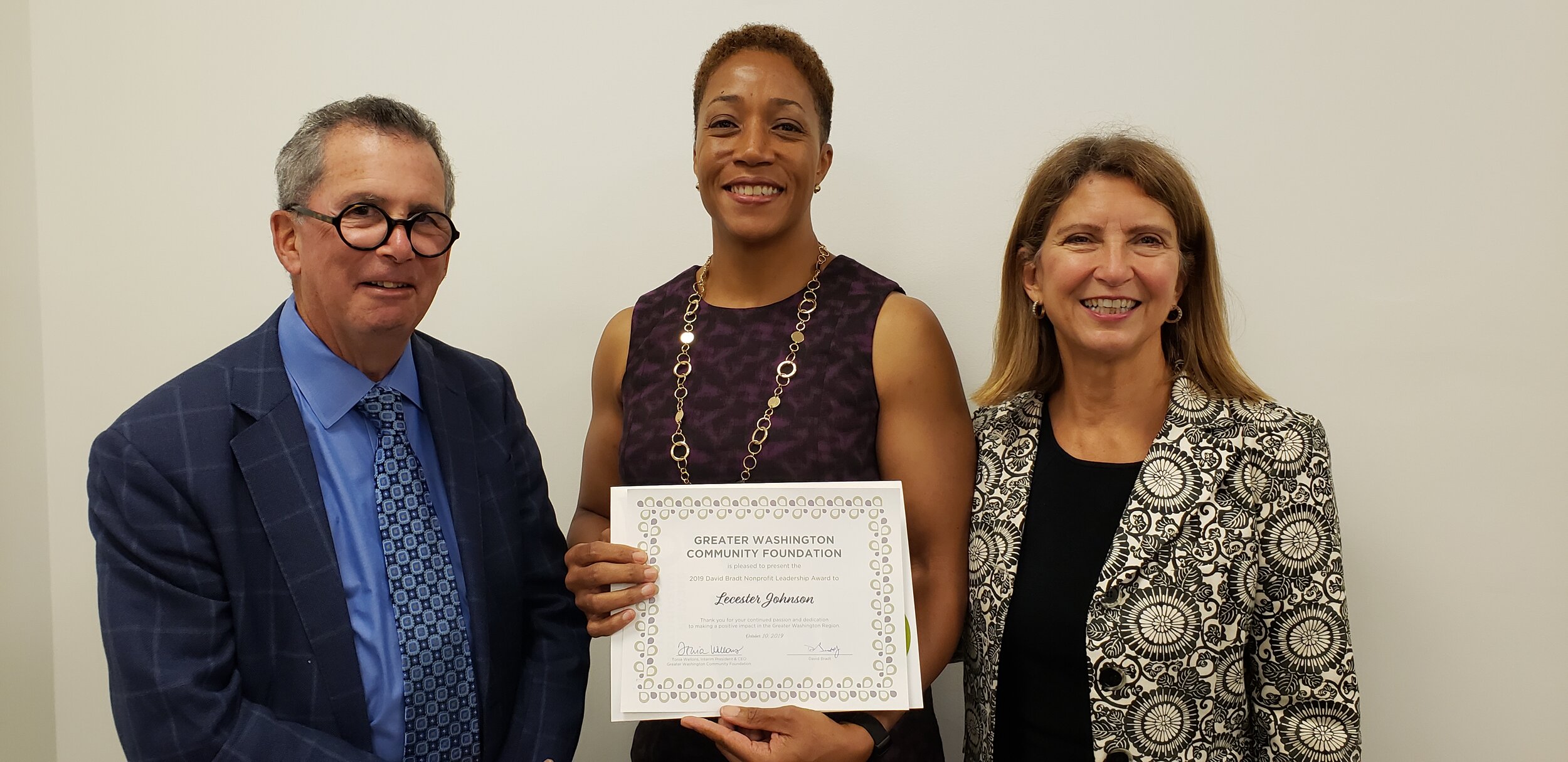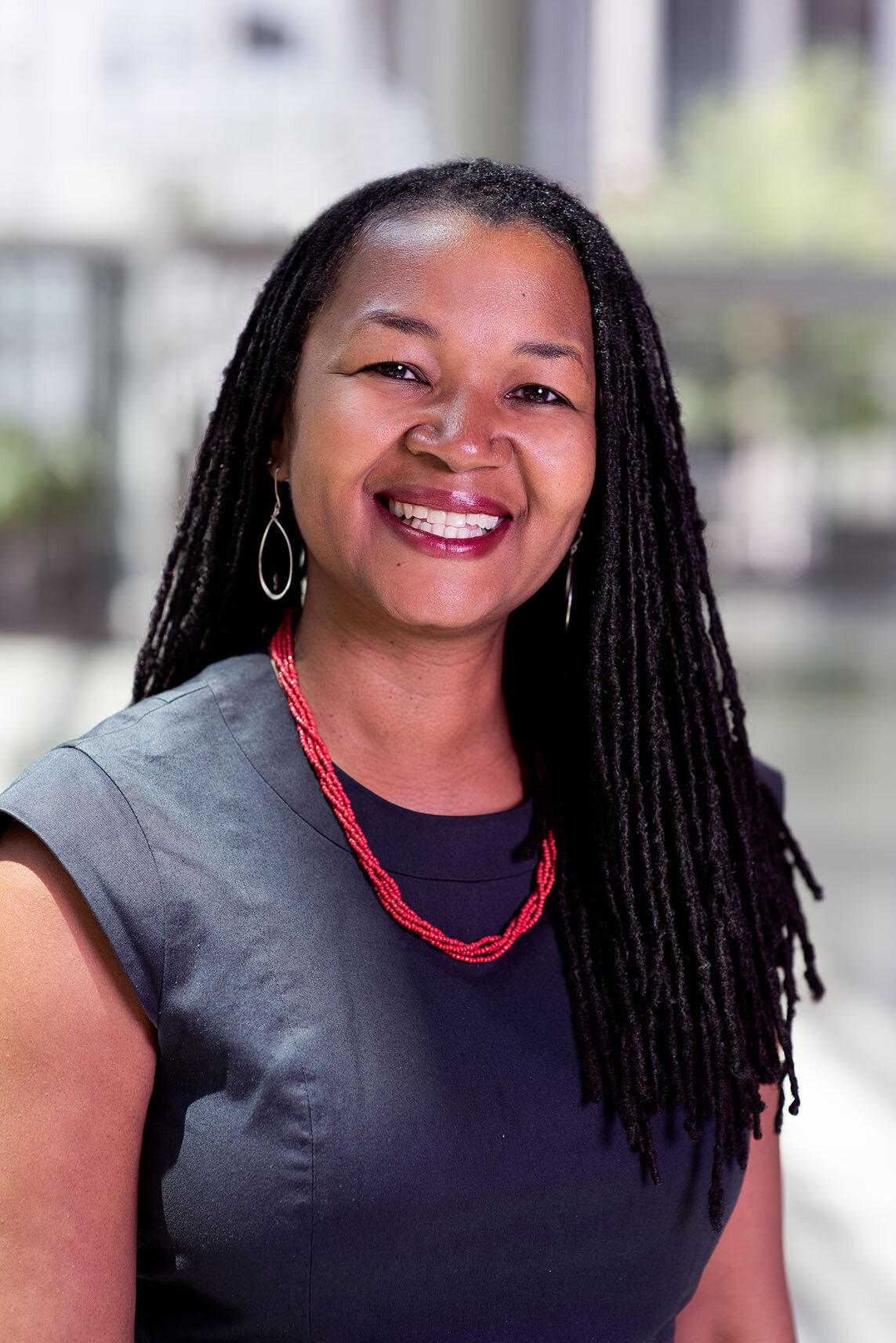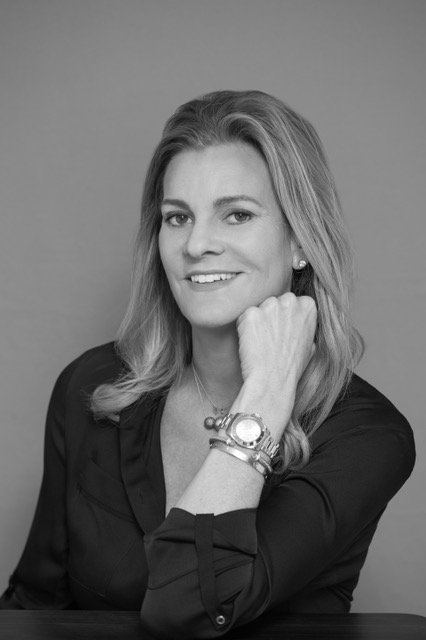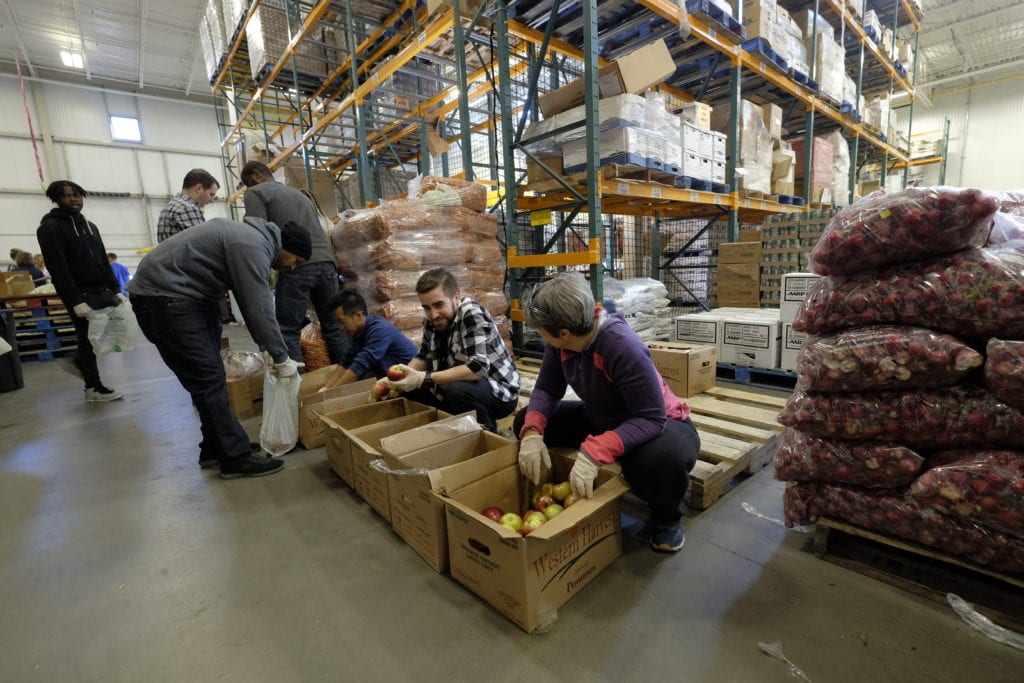Dear friends,
I hope this note finds you enjoying a happy and healthy start to your holiday season. In September, the Board of Trustees asked me to serve as Interim President and CEO, bridging Bruce McNamer’s departure and our search for a permanent successor. It is my pleasure to serve in this capacity and to continue the critical work of The Community Foundation. During this transition, I will continue to prioritize our efforts to Build Thriving Communities through local philanthropy, move full steam ahead on our impact initiatives across the region, and continue to cultivate and build strong partnerships with you, our fundholders.
I am also excited to share the news that our Board of Trustees has elected Katharine Weymouth as our new Board Chair. As Katharine takes on this mantle, she continues a family a legacy of giving and service to the Greater Washington region. Her grandmother (and namesake) Katharine Graham, who ran The Washington Post for more than two decades, also served on the board of The Community Foundation for nearly a decade. Katharine Weymouth previously served as Publisher and CEO of The Washington Post, and today she serves on the Board of Graham Holdings and is the COO at DineXpert.
Thanks to your continued support and partnership, last quarter our community of givers awarded more than $15.3 million in grants to organizations serving the most critical needs of our communities. This included $1.95 million in grants from the Fund for Children, Youth, and Families, managed by The Community Foundation, to support 46 nonprofits making a difference around some of our region’s biggest challenges in education, homelessness, and foster care. We were pleased to release a new online dashboard featuring the impact of the City Fund, detailing our five-year partnership with the District to invest $15 million in local nonprofits providing quality services to make DC a healthy, stable, and vibrant place to live for all residents. We also held donor education and engagement events across the region, including a discussion of lessons learned from our strategic emergency response efforts during the partial Federal Government shutdown earlier this year.
These are only a few examples of the ways in which we partner with you and our entire community of givers and doers to strengthen our communities. To support and sustain this vital work, we rely on generous gifts from our donors and on Community Foundation Support Fees charged to fundholders like you. These fees both support our critical community impact work and enable us to provide you with high-quality fund management and philanthropic advisory services throughout the year.
As we announced this summer, our Board of Trustees voted to increase our baseline Community Foundation Support Fees for the first time in 10 years — affecting most scholarship funds and non-endowed donor-advised, designated, field of interest, memorial, and disaster relief funds. The revised fees schedule took effect on October 1, 2019 and will be reflected on your February 2020 fund statement (for the quarter ending Dec. 31, 2019). Please contact us if you have any questions.
With 2019 coming to an end, The Community Foundation's staff can assist with carrying out your charitable giving to maximize both the impact and tax benefits of your gifts. Now is an ideal time to consider replenishing your fund at The Community Foundation. You can add to your fund now and make grants any time you wish. Please be mindful of our December 16 deadline for your year-end grantmaking activities to ensure your recommended grantees receive their funds by December 31.
Your continued partnership and support are crucial as we seek to build thriving communities today and for generations to come. We welcome the opportunity to discuss how The Community Foundation can support your charitable interests.
Sincerely,
Tonia Wellons
Interim President and CEO
P.S. You can find more information and stories of impact on our website or by following us on social media (@communityfndn on Twitter, Facebook, or Instagram).





























